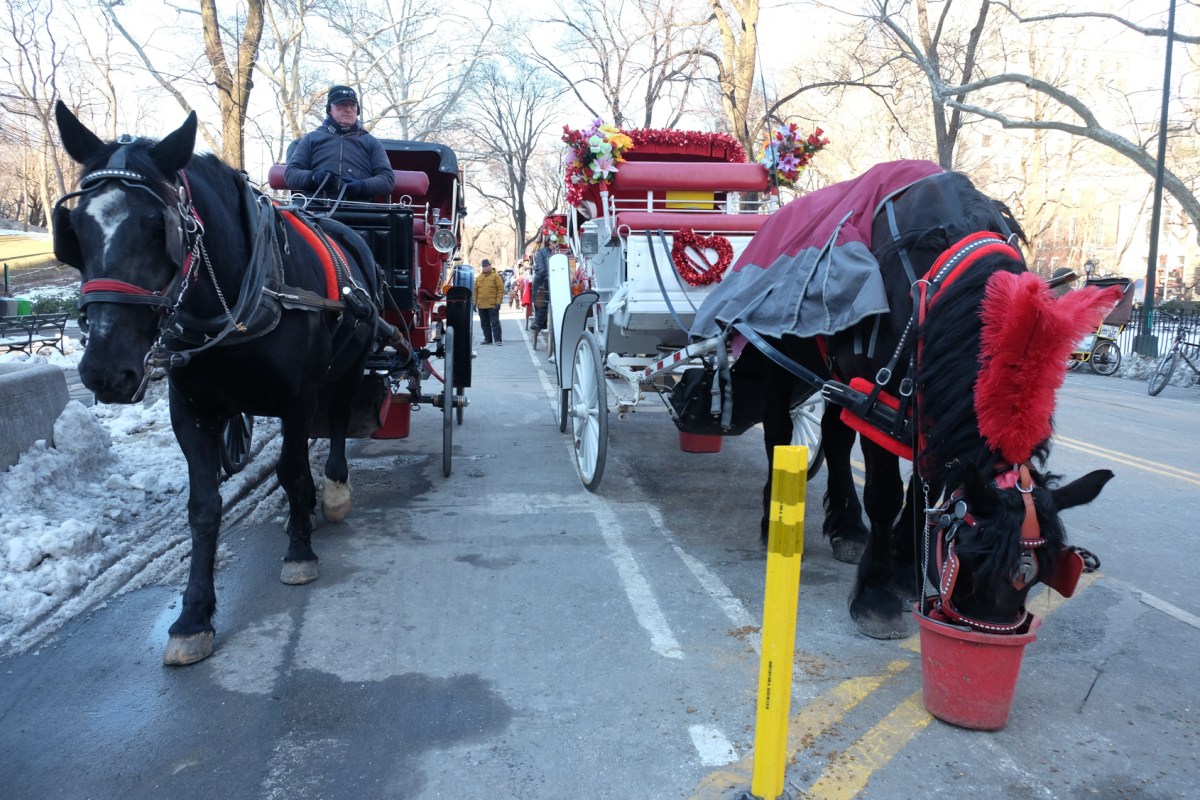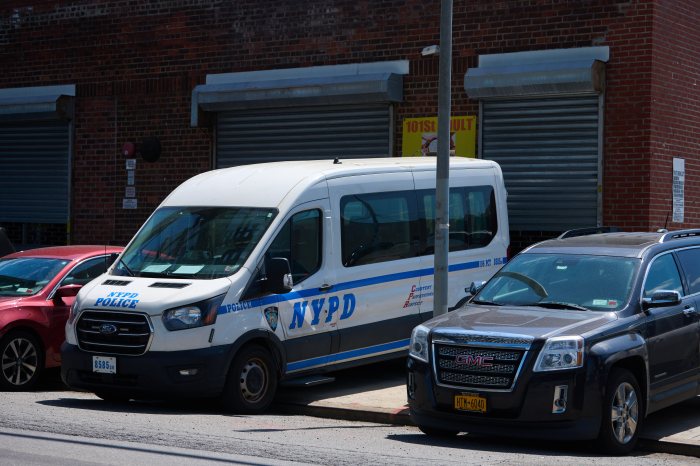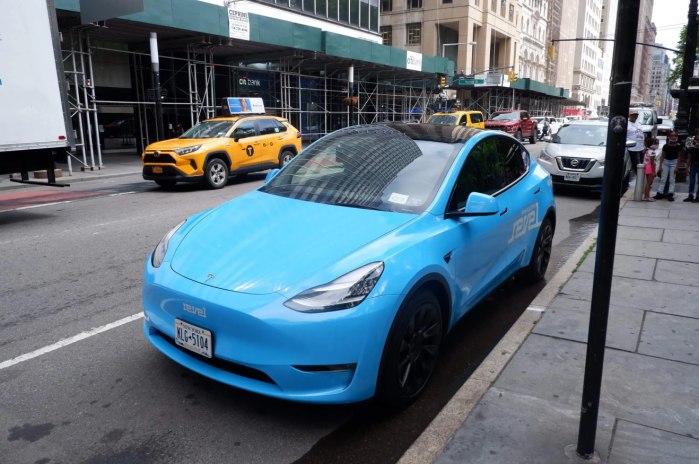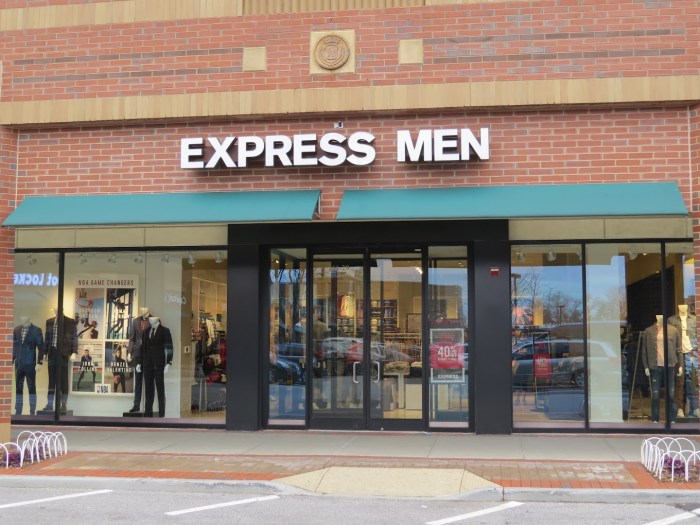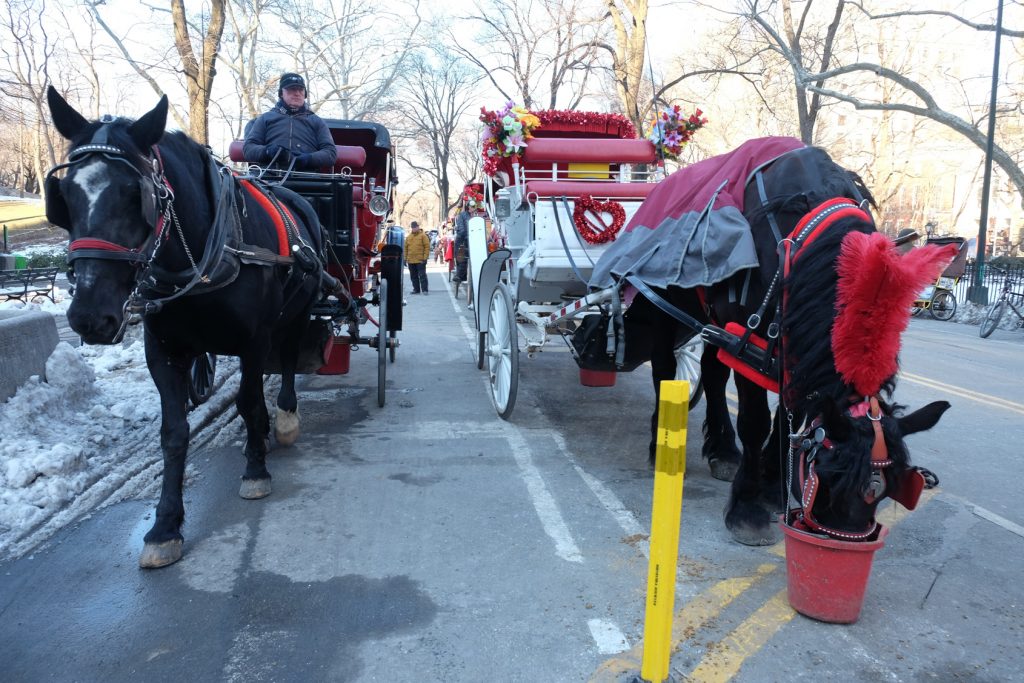
BY ALEJANDRA O’CONNELL-DOMENECH | The Central Park carriage-horse hack lines are now officially inside of the park.
On Sun., March 3, about 25 members of the animal-rights group New Yorkers for Clean, Livable and Safe Streets, or NYCLASS, gathered at Central Park South and Sixth Ave. to celebrate the new hack-line locations.
“This is the first step in making their life a little bit less miserable,” said Danny Moss, an animal-rights activist and creator of the animal-rights online magazine, Their Turn, who attended the rally.
According to NYCLASS, for more than a decade, they have pushed for the Central Park carriage horses to be removed from the streets surrounding the park, in order to keep them away from vehicle exhaust and traffic that can “spook” horses.
A man who works in Central Park could attest to having seen one of the beasts become startled and bolt.
“I’m not sure how it got scared but something triggered it,” said a bike vendor for Central Park Bike Rental of a horse-carriage crash he witnessed two years ago. He said the horse was exiting the park at 59th St. and Sixth Ave., ran into traffic and smashed into a double-parked car outside of the Ritz-Carlton Hotel.
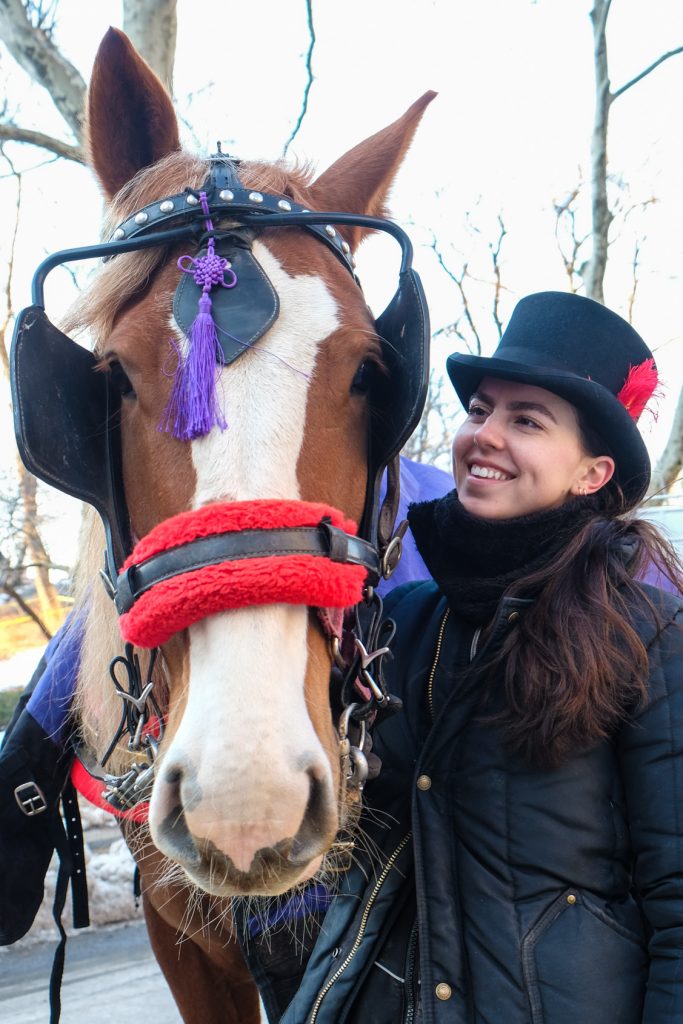
But the fight over horses isn’t over yet for the group , which ultimately wants horse carriages abolished, according to NYCLASS member Brian Gari.
During the rally, Edita Birnkrant, NYCLASS executive director, spoke about the long-awaited occasion while being videoed for Facebook Live for the animal-rights site Jane Unchained.
As she spoke, the activists chanted behind her, “The horses are finally out of the street and soon we’ll get them out of the heat!”
NYCLASS wanted to use the momentum to raise awareness about their newest campaign: supporting new legislation that would make it illegal for carriage horses to work when the city’s heat index reaches 90 degrees.
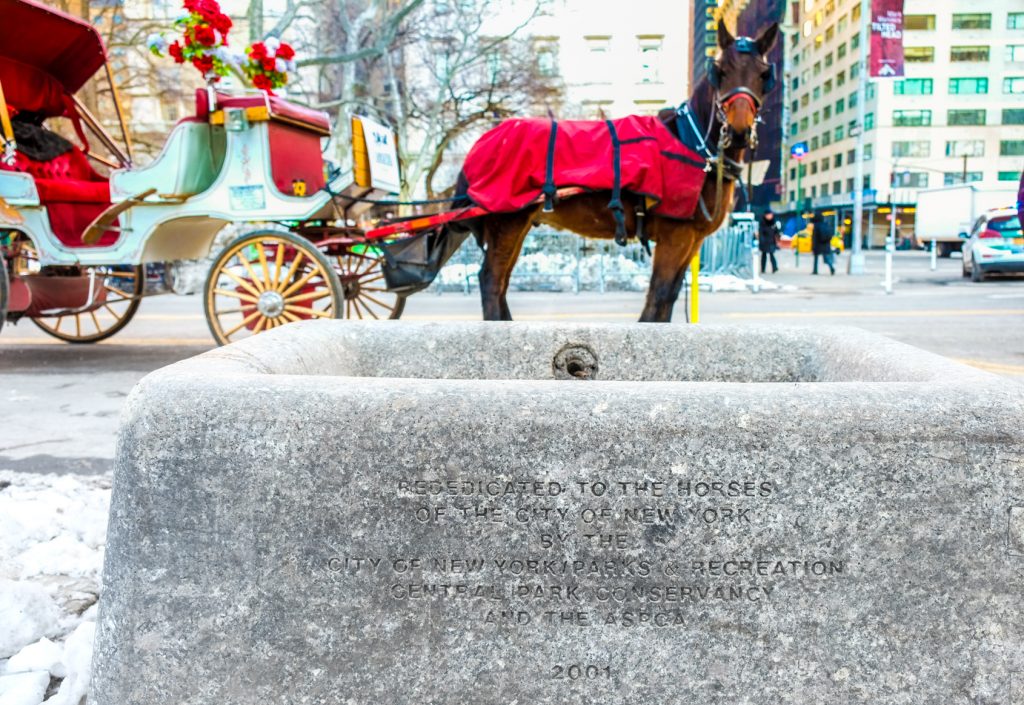
“If the heat index is over 90, then, yes, for the limited period that it’s over 90, they would not be allowed to work,” Councilmember Keith Powers said in an e-mail. Powers introduced the bill on Feb.13.
According to Dr. David Marlin, a horse physiology and heat-stroke expert, the heat index is not the most reliable means of quantifying if it is too hot outside for horses to work.
“A heat index of 90°F is a good starting point. But if it’s a full-sun day with no wind, that’s very much worse than 90°F with full cloud cover and a strong wind,” Marlin in an e-mail.
The heat index only takes into account temperature and humidity.
What should actually be used, he said, is the W.G.B.T. (Wet Bulb Globe Temperature) index, a small piece of equipment that produces a single “temperature” after taking air temperature, humidity, sun and wind all at the same time.
Powers added that he wants to protect the horses but also believes that the carriage-horse industry should still exist and thrive.

But carriage-horse drivers are unhappy. For them, the the new hack-line locations are harmful to the overall well-being of the horses and the industry.
“We continue to refuse to use the Seventh Ave. stand, because it’s not only not big enough, but is downhill,” said horse-carriage driver Christian Hansen.
One of the carriage-horse drivers’ central complaints about the new hack-line locations is that the horses would have to stand on an incline at 59th St. and Seventh Avenue, preventing them from fully resting.
Marlin confirmed that horses indeed need to be on flat ground in order to fully lock their legs, allowing them to doze while standing.
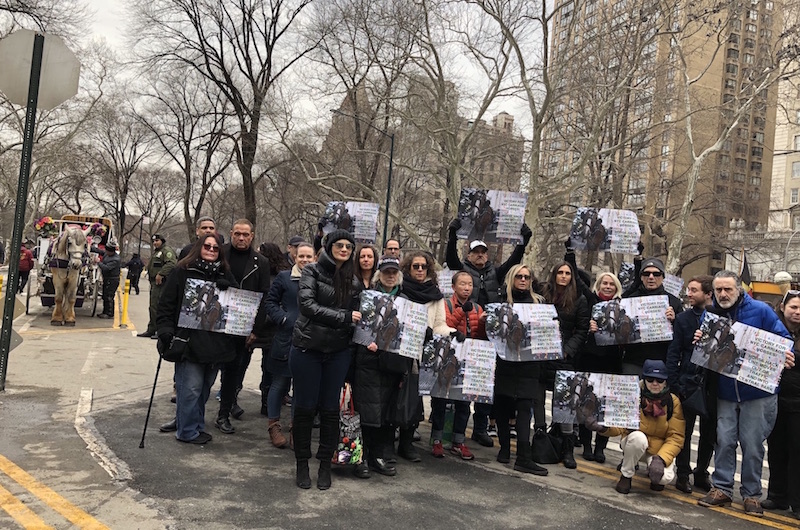
Another complaint that is that the pick locations are not wide enough for two horses to safely pass one another.
According to the city Parks Department, in the new hack lines inside the park, the pickup and drop-off lanes are each 6 feet wide. The moving lane next to the pickup lane at the park’s entrance at Fifth Ave. and E. 60th St., however, is 10 feet wide, allowing for ample space to pass. According to Hansen, the moving lane for the carriage horses at that location has been repeatedly blocked by M.T.A. buses, taxis, Ubers, tour buses and even police vehicles.
One hack said that, in general, the two lanes should be a bit broader.
“They should really be 7-feet wide,” said Ian McKeever, a Central Park carriage-horse driver who has worked in the industry for nearly 30 years. McKeever added that he has already noticed a drop-off in the number of customers.



